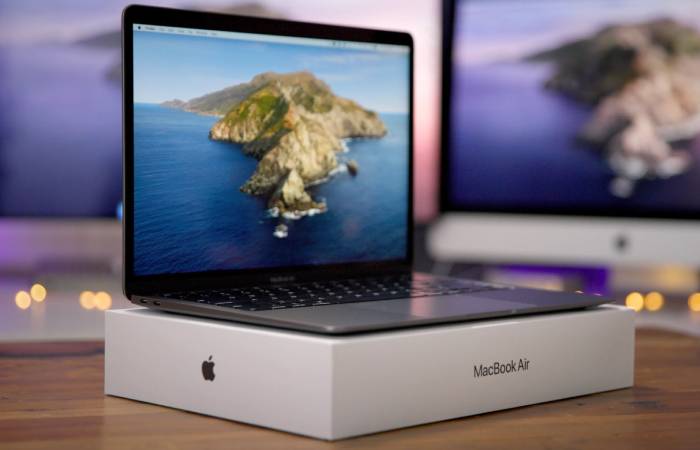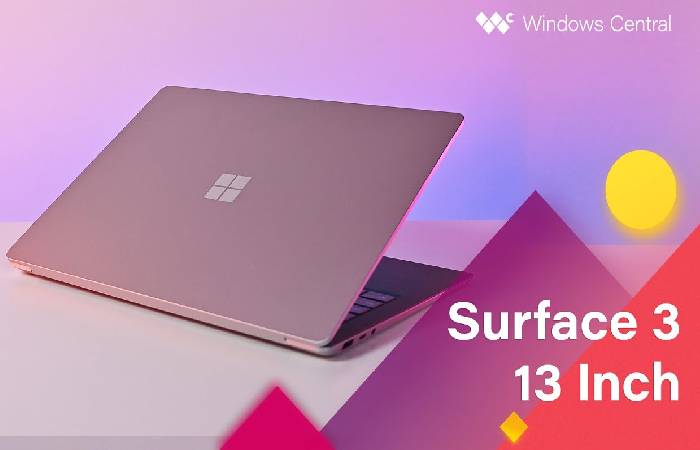Table of Contents
Introduction
A laptop is a personal computer that can be easily moved and used in a variety of locations. Most laptops remain designed to have all of the functionality of a desktop computer, which means they can generally run the same software and open the same types of files.
Companies, businesses, and government organizations use laptops for data storage, onboarding, managing schedules, creating financial reports, etc. People use laptops to watch and download videos or movies, songs, and other media files from the Internet. Also, the laptop is used for online and offline gaming.
Buying a new laptop is an exciting and potentially frustrating experience. Exciting, of course, because a controlling computer that allows you to communicate and work efficiently, or keep you entertained, is priceless.
However, you can get understandably frustrated as you browse through dozens of different models, configurations, designs, and brands. It’s our job to keep up with the latest trends in technology, and we’d be lying if we said we not ever felt overwhelmed by all the options ourselves.
But it’s our job, and we take it seriously. So for the past few months, we’ve been testing the latest and greatest laptops we could catch our hands-on, from Apple to Microsoft to Lenovo, and we’ve come across some standout machines:
- Best overall laptop: Apple MacBook Air
- Its Best touchscreen laptop: Microsoft Surface Laptop 3 13
- Best video editing laptop: Apple 16-inch MacBook Pro
- Best business laptop: Lenovo Thinkpad X1 Carbon
Apple’s MacBook Air outperformed the Microsoft Surface 3 13 laptops as our best overall pick. The determining factors were the design, good battery life, the * fixed * screen and keyboard, and the value gained by seamlessly integrating with the Apple ecosystem of products and services. Of course, not everyone has an iPhone and can use the entire suite, but even before, the MacBook’s reliability was sufficient to tip the balance in its favour.
Microsoft’s Surface Laptop 3 13 is not far behind. It matched the MacBook Air almost across the board, achieved high performance and hardware, and did its best to save up with software and usability. Instead of top awards, the Laptop 3 won our best touchscreen title. When you combine the PixelSense display, Surface Pen integration, and sleek design, it’s hard to fall in love with Microsoft’s hardware. The battery life was a few hours shorter than the MacBook Air, which was ultimately our final decision.
Apple’s MacBook Pro laptop didn’t disappoint. It’s packed with powerful internals, including a dedicated GPU powerful enough for photo and video editing tasks. It got top marks in our performance and battery life tests. However, the device is much larger and weightier than the rest of the laptops we verified, and its $ 2,399 price label makes it a niche computer for those who need extra performance. As such, it has won our vote for Best Video Editing Laptop.
Business users will feel at home with our top choice for business notebooks: the Lenovo Thinkpad X1 Carbon. It’s surprisingly light, the keyboard exudes confidence, and it has enough ports to plug in anything you want. The performance of the X1 Carbon was average, but the battery life was unmatched in any laptop we tested. It will surely last a full working day and more. However, it has a standard HD screen and doesn’t look as vivid as the MacBook or Surface Laptop when placed next to it. We recognized it as our best business laptop with long battery life and a history of business success in a highly portable case.
Best overall laptop: Apple MacBook Air
Last year, Apple’s MacBook line was overwhelmed with keyboard problems. On some machines, the keys repeated random characters or stopped working altogether. The pain was severe enough that Apple announced a keyboard service program, listing 16 different models for free repair. But all that changed when Apple announced that it had returned to the lab. And shaped the Magic Keyboard, which remained debuted on the 16-inch MacBook Pro.
And let us express to you, dear reader, that it is a pleasure to write in it. The keys are responsive and ready almost instantly, have a solid feel to every keystroke, and haven’t been prone to the problems found on the previous butterfly keyboard.
However, the Magic Keyboard alone didn’t win top honours from the MacBook Air.
The MacBook Air is a complete laptop.
Starting at $ 999, it has a 13-inch Retina display and a resolution of 2560 x 1600 pixels. That’s a bit more than the Surface Laptop 3, and honestly, you probably won’t notice the extra pixels. Instead, where the air shines is its transparent, vibrant colours, overall brightness, and Apple’s True Tone technology. If you’re unfamiliar, True Tone dynamically adjusts the colour of your screen to match the ambient light in your room, subsequent in a better picture.
In addition to the Magic Keyboard, the power button functions as a Touch ID-equipped fingerprint sensor that quickly and reliably unlocks the computer and can even log into apps or approve purchases. The touchpad shouldn’t remain ignored – Apple’s touchpads are unmatched. Compared to the competition, they are typically larger, giving more space to drag and drop a file on the desktop and react quickly to gestures and touches.
At 2.8 pounds, it’s light. It’s hard to notice it in your backpack even after a long day of carrying it around.
Apple possibilities a battery life of up to 12 hours when you play a movie in the Apple TV app. However, our benchmark that uses VLC to loop video fell slightly below that estimate, with the MacBook Air shutting down after 10 hours and 12 minutes. In other words, there is more than enough power here to get you through a full working day of use.
Performance-wise, don’t expect it to keep up with gruelling video games or video editing sessions. It is best suited for standard daily computing tasks, such as web browsing, email, video streaming, office work, and light video or photo cutting. Best of all, if you’re an iPhone operator, macOS and iOS work seamlessly together. And that’s worth a lot when you consider the overall knowledge. For example, you can send and accept messages – iMessages or traditional text messages. On your phone and then follow the conversation on your MacBook without delay.
Our biggest complaint? It has only two USB-C ports, both on the left side: one you will use to charge the computer. And the other that you will find yourself connecting to some docking station. More ports wouldn’t hurt, Apple.
We tested the $ 1,299 model, which remains equipped with an Intel Core i5 processor, 8GB of memory (RAM), and 512GB of storage. Of course, you can further customize that setting, adding more memory, storage, or a faster processor, but for most, we bet this setting hits the sweet spot of performance and cost.
For most people, the MacBook Air is the right tool for the job. It’s compact, has reliable battery life, and packs a punch, and Apple finally fixed its keyboard. We don’t hesitate to recommend the MacBook Air as our best overall laptop.
Best touchscreen laptop: Surface Laptop 3 13 ″
Microsoft’s Surface line is a masterclass in hardware design for Windows computers, 2-in-1s, and tablets, and the 13.5-inch Surface Laptop 3 is no exception.
The Laptop 3 has a 13.5-inch PixelSense touchscreen with a resolution of 2256 x 1504. That’s just a notch below the resolution of the MacBook Air. But good luck trying to differentiate between the two when looking at an image. However, you will notice the different screen ratios. Surface Laptop has a 3: 2 aspect ratio, while the MacBook Air uses a 16:10 aspect ratio. The Laptop 3 has a taller but slightly narrower screen than the MacBook Air. You will see more than one document on the screen but may experience clipping when watching the widescreen. The visual difference between the two proportions comes down to personal preference. Above the screen is a Windows Hello camera setup that uses facial recognition. To almost instantly unlock Windows 10 when you open the lid.
The screen will respond to touch, either with your finger or with a Surface Pen. During our tests, laptop screen three never wavered when it came to registering touches. If any, there was a minimal delay. When using the Surface Pen to annotate notes on a PDF or sketch on a screenshot. We tested the Dell XPS models; for example, they sometimes didn’t register touch or swipe. It was not frequent, but it is something we noticed. Taking a screenshot with a couple of taps on the screen. For example, followed by the Surface Slim Pen to draw an arrow along with a quick note, it was a surprisingly helpful and straightforward process.
